Especially for building users
We spend 90% of our time indoors every day - let's enjoy this time with more well-being.
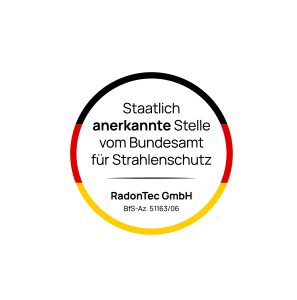









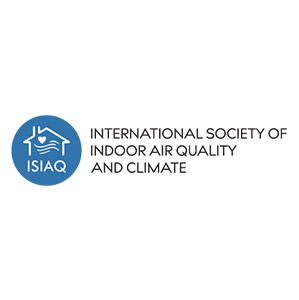


Dry eyes
Insufficient humidity often leads to eye problems. This is a major problem, especially for people with contact lenses.
Stuffy air
An atmosphere with too much carbon dioxide in a room is perceived by most people as stuffy indoor air. No ventilation or incorrect ventilation are the most common causes.
Sneezing attacks due to dust
Poor air quality is often also perceived as too much dust in the air. People with a house dust allergy are most frequently affected.
Tiredness
Frequent yawning or even tiredness are signs of a poor oxygen supply in your room.
Risk from diseases
In droplet infection, pathogens are transmitted into the air by tiny droplets of saliva when a person sneezes, coughs or speaks and is then inhaled by another person.
Lack of performance
Can't concentrate or have a block when working? Then a common cause is bad air in your room.
LivAir analyses the building parameters and actively supports building optimization.
Risk of mold
Mold is one of the most common causes of poor air quality and is therefore also partly responsible for illnesses. With our score calculated by AI, you can actively prevent mold and thus protect your building and yourself.
Since the coronavirus pandemic, everyone has been aware of how dangerous a virus can be for us humans. Our integrated risk assessment helps you to stay safe in your home.
Always stay informed about which rooms are used particularly frequently or not at all. This not only saves you energy costs, but also allows you to plan occupancy much better.
The LivAir monitor is equipped with a variety of sensors. The centerpiece is our patented radon sensor.
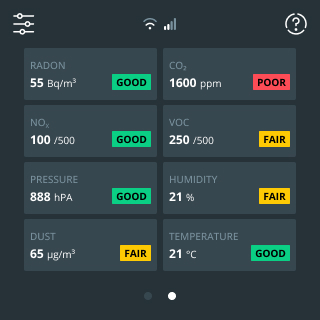
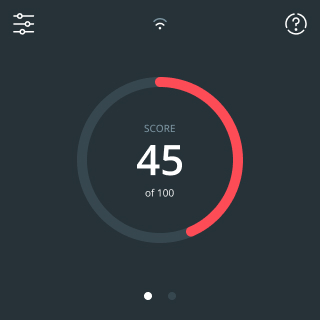
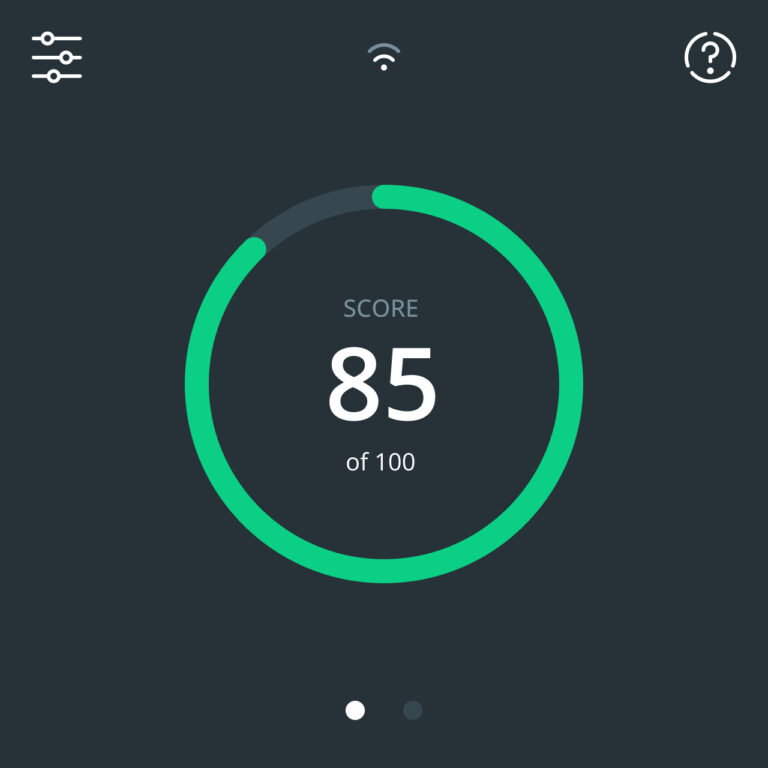
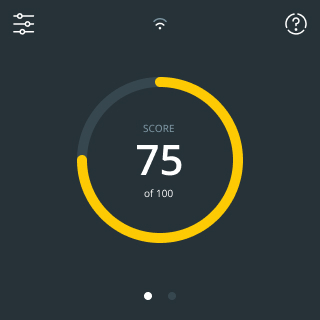
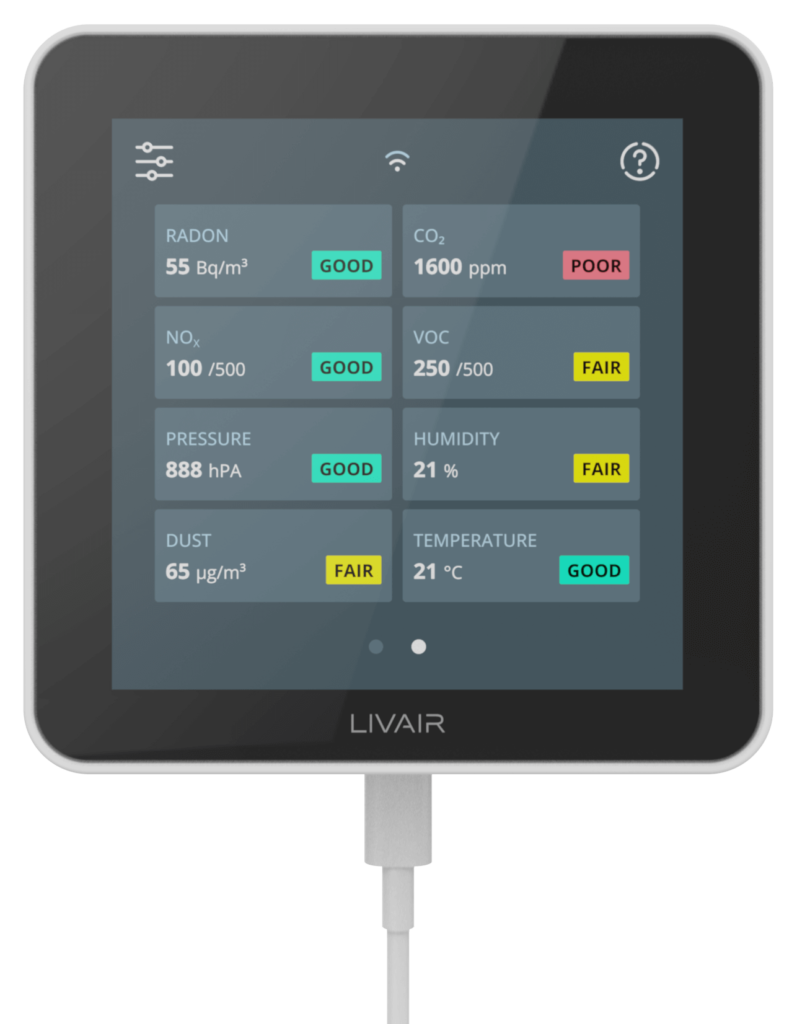
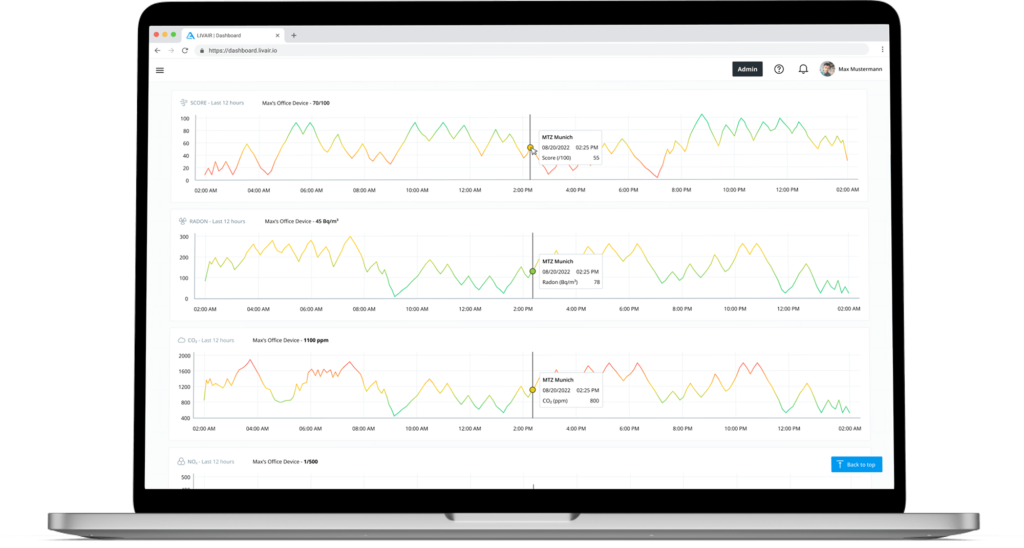
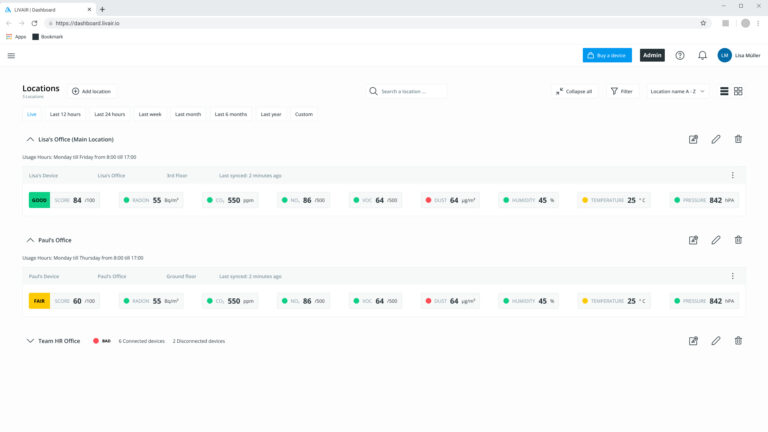

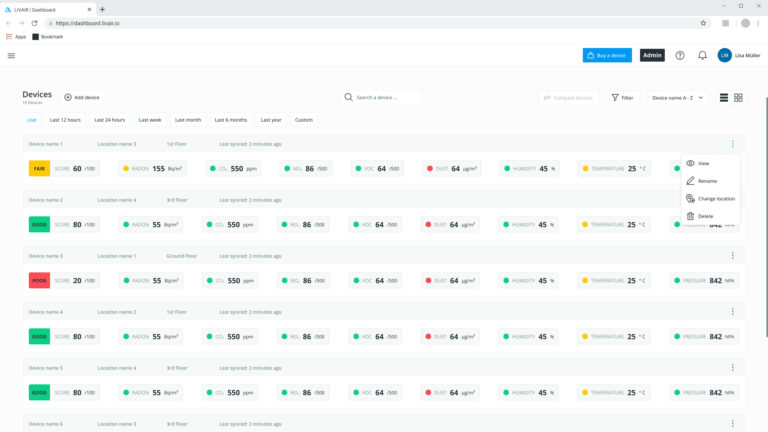
Whether you are monitoring just one office or a large building complex - the AI-based LivAir Dashboard informs, logs, analyzes, warns and controls: You can find all relevant indoor air data at a glance.
LivAir, the intelligent SaaS sensor system, provides real-time indoor air monitoring for buildings. We strike the balance between healthy and energy-efficient buildings, with a focus on radon.

Take a look at how Livair ensures better indoor air.
Are you curious?
Read through some of our FAQs or
contact our support team.
You can see the first measured values after just 30 seconds and in real time. In order to be able to draw conclusions from the evaluations for changes to the heating or ventilation, we recommend a runtime of at least one month.
The best data can be evaluated after a year, as seasonal changes in the rooms (such as weather, heating or usage) are then also taken into account.
The device can be operated without an internet connection, but you can only monitor real-time data on the display. Without an internet connection, the data cannot be stored in the cloud and displayed on the dashboard to analyze the air quality over time.
In addition, an Internet connection is required for regular updates.
Each device can be connected to the internet via Wi-Fi. In addition, we offer the option of an integrated SIM card (optional) so that the device is always online, regardless of any Wi-Fi. However, this must be ordered separately.
Yes, it has a USB-C port and must be constantly supplied with power to measure.
The device should not be placed directly next to operable windows, doors, radiators, air filters and ventilation systems and at least 90 centimetres above the floor, ideally at chest height. We recommend placing the device on a shelf or table so that it is in an area where you breathe.